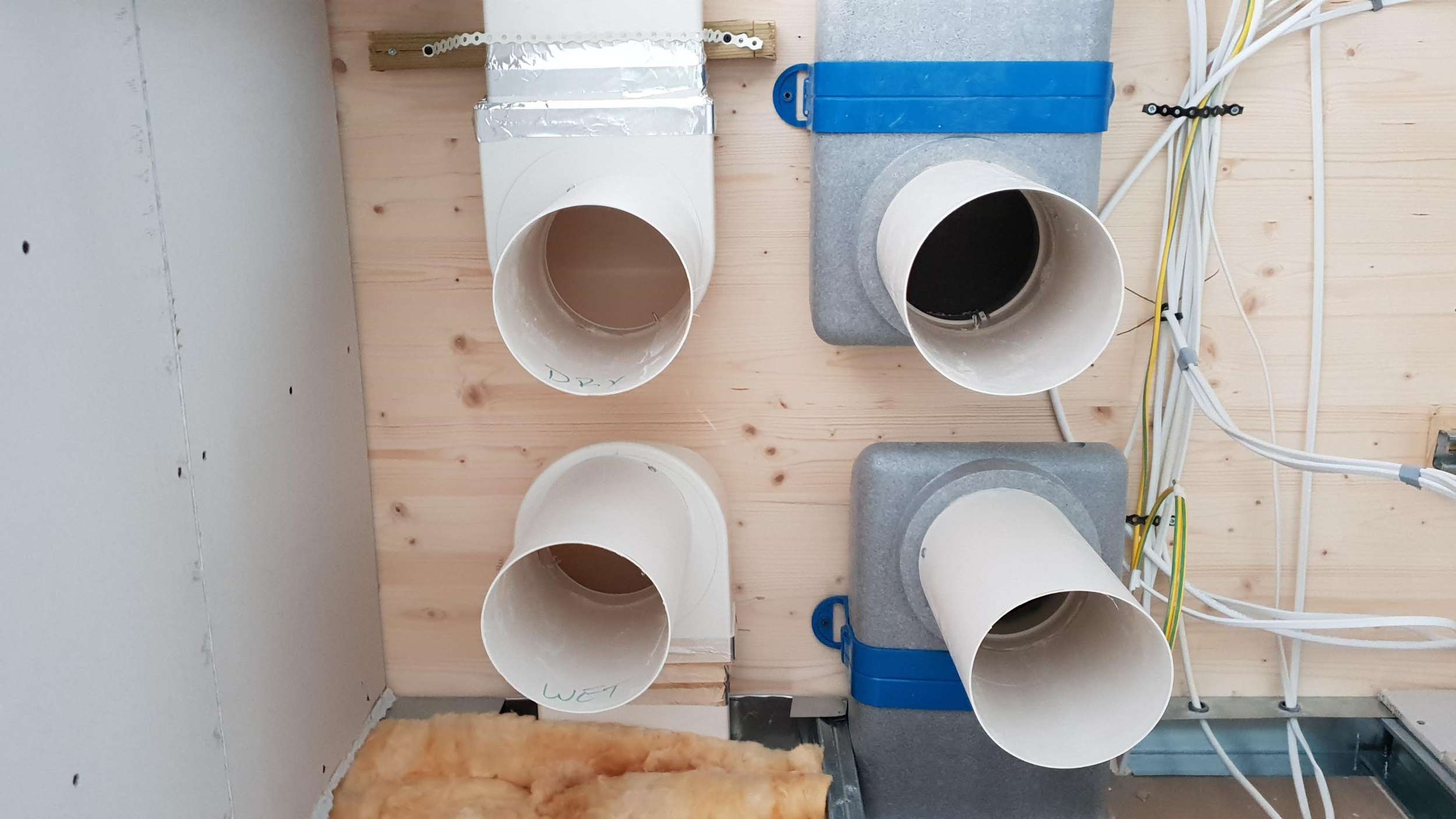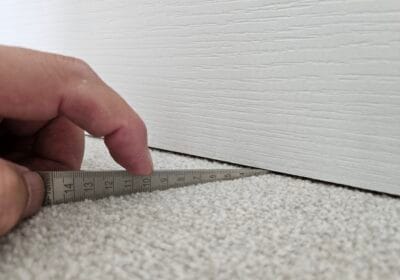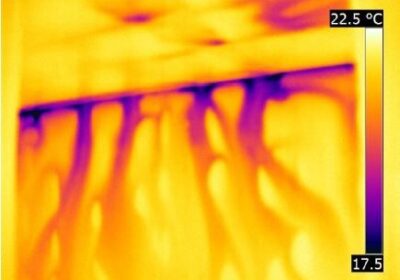I have worked in building performance for over 30 years, and since 2008 have been closely involved in shaping ventilation policy in England and Wales. Having contributed directly to the 2010 and 2021 editions of Approved Document F, I have seen first-hand how regulation has evolved to respond to tighter fabric standards and the drive to cut greenhouse gas emissions, lately net-zero.
2010: A step change
The 2010 edition of AD F was the first to make an explicit connection between airtightness and ventilation system choice. The principle was clear: as buildings become tighter, reliance on infiltration is not acceptable. For many in the industry this marked a turning point, even if site practice did not always follow immediately.
2021: Strengthening ventilation for all homes
By 2021, the evidence was clearly pointing to the fact that background ventilators plus intermittent extract fans were not reliably delivering good indoor air quality in airtight homes. The revised guidance placed much greater emphasis on continuous systems, whether continuous extract or MVHR, and set higher expectations for whole-dwelling rates, commissioning, and performance in use.
This was more than just a review of ventilation rates. The 2021 edition also introduced requirements for ventilation upgrades in existing homes, particularly during retrofit, recognising that improving airtightness without improving ventilation would put residents at risk. It also incorporated a review of indoor pollutants, drawing on the most up-to-date guidance from UKHSA, ensuring that the regulatory framework reflected contemporary health evidence.
Future Homes Standard: Raising the stakes
Looking ahead, the draft Future Homes Standard raises the bar again. Fabric standards and airtightness requirements will improve further, making robust, continuous mechanical ventilation the baseline assumption. But the challenge is not just about regulation. It is about ensuring these systems work in practice: that they are properly designed, installed, commissioned, and understood by residents. Without this, the promise of the Future Homes Standard risks being undermined.
From compliance to outcomes
The next stage of policy development must focus on outcomes. Too often, regulations are fine on paper but falter in practice. Airtightness and ventilation are two sides of the same coin: one without the other leaves occupants at risk of poor comfort, poor air quality, or both.
To succeed, we need to:
- Treat ventilation commissioning with the same rigour as airtightness testing.
- Provide feedback mechanisms (such as in-use monitoring and resident engagement) as standard practice.
- Equip designers, contractors and residents with the knowledge and tools to make these systems work.
A collective journey
From the 2010 step change through the 2021 strengthening of ventilation for all homes, to the Future Homes Standard now on the horizon, the trajectory has been clear. This progress has depended on collaboration between government, industry, and the research community.
As someone who has been fortunate to play a part in that journey, I believe the next phase must go further than simply specifying continuous ventilation. We need stronger enforcement and independent verification to ensure systems actually perform, frameworks for long-term maintenance, and homes designed with natural resilience: openable windows in all rooms, measures to reduce overheating, and a fabric-first approach that avoids storing up future risks.
Continuous mechanical ventilation is a vital foundation, but it is not the whole story. Truly sustainable, net-zero homes will depend on a combination of well-enforced standards, resilient design, and a commitment to ensuring that performance in practice matches intent on paper.sign, and a commitment to ensuring that performance in practice matches intent on paper.



